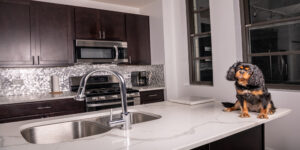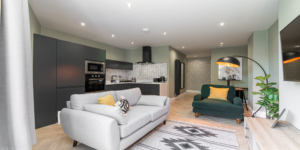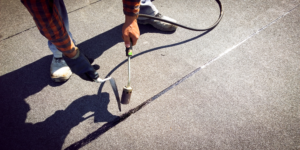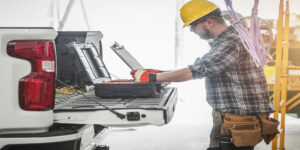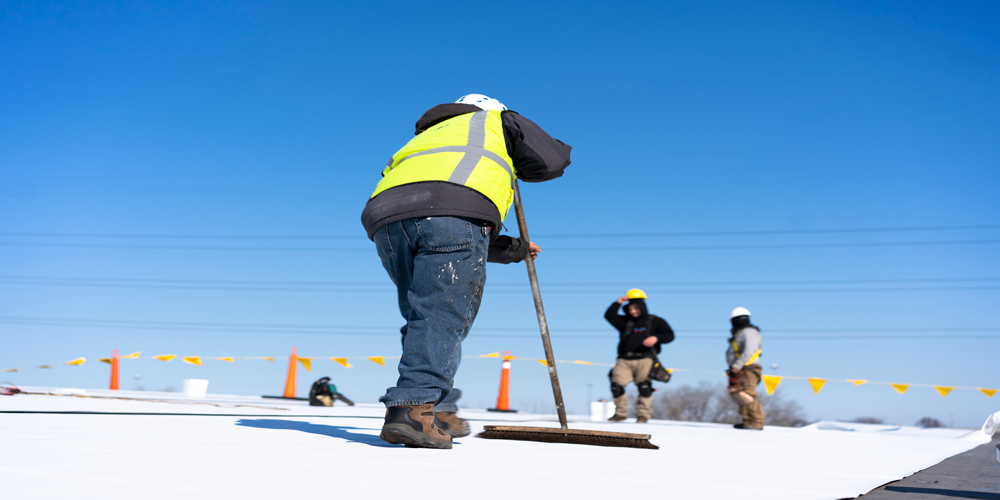
The Pros & Cons of a Flat Roofing
Flat roofs are a common architectural feature in modern construction, offering a unique aesthetic and functional appeal. However, like any design choice, they come with their own set of advantages and disadvantages. In this post, we will explore the pros and cons of flat roofs to help you make an informed decision for your next construction project.
Pros of Flat Roofing:
- Modern Aesthetic: Flat roofs are a popular choice for contemporary and minimalist designs. They provide a clean, sleek, and sophisticated look, making them ideal for modern architecture.
- Extra Usable Space: A flat roof can double as an outdoor living area, garden, or rooftop terrace. This additional space can be a valuable asset for both residential and commercial buildings, offering an area for relaxation, socializing, or even hosting events.
- Energy Efficiency: Flat roofs can be designed with energy-efficient features, such as cool roofing materials, solar panels, and green roofing systems. These options can help reduce energy consumption and lower utility bills.
- Easier Maintenance: Flat roofs are typically easier to access and maintain than sloped roofs. Cleaning gutters, conducting inspections, and making repairs are generally simpler tasks on a flat surface.
- Versatile Use: Flat roofs are highly adaptable and can accommodate various installations, including HVAC units, satellite dishes, and skylights, without disrupting the roof’s overall integrity.
Cons of Flat Roofs:
- Water Drainage Issues: The primary concern with flat roofs is water drainage. Without a slope to facilitate water runoff, flat roofs are prone to water pooling, which can lead to leaks, structural damage, and the growth of algae or mold. Proper drainage systems and regular maintenance are essential to mitigate this risk.
- Limited Insulation Options: Flat roofs require specialized insulation to prevent heat loss and ensure energy efficiency. Insufficient insulation can result in higher heating and cooling costs, as well as uncomfortable indoor temperatures.
- Shorter Lifespan: Flat roofs tend to have a shorter lifespan compared to sloped roofs. The constant exposure to the elements and potential water pooling can accelerate wear and tear. Regular inspections and timely maintenance are crucial to extend the roof’s longevity.
- Complex Construction: The construction of a flat roof is more complex than that of a sloped roof. It demands precise design and quality materials to ensure proper water drainage and structural integrity, which can increase construction costs.
- Risk of Leaks: Flat roofs are more susceptible to leaks, primarily due to their vulnerability to water pooling and the lack of natural drainage. It’s crucial to invest in high-quality roofing materials and skilled installation to minimize this risk.
Flat roofs offer a contemporary aesthetic and additional usable space, but they also come with challenges, such as water drainage issues and maintenance requirements. To make an informed decision, consider your specific needs and the climate of your location. If you choose a flat roof, proper design, materials, and maintenance are essential to maximize its benefits and minimize its drawbacks.




